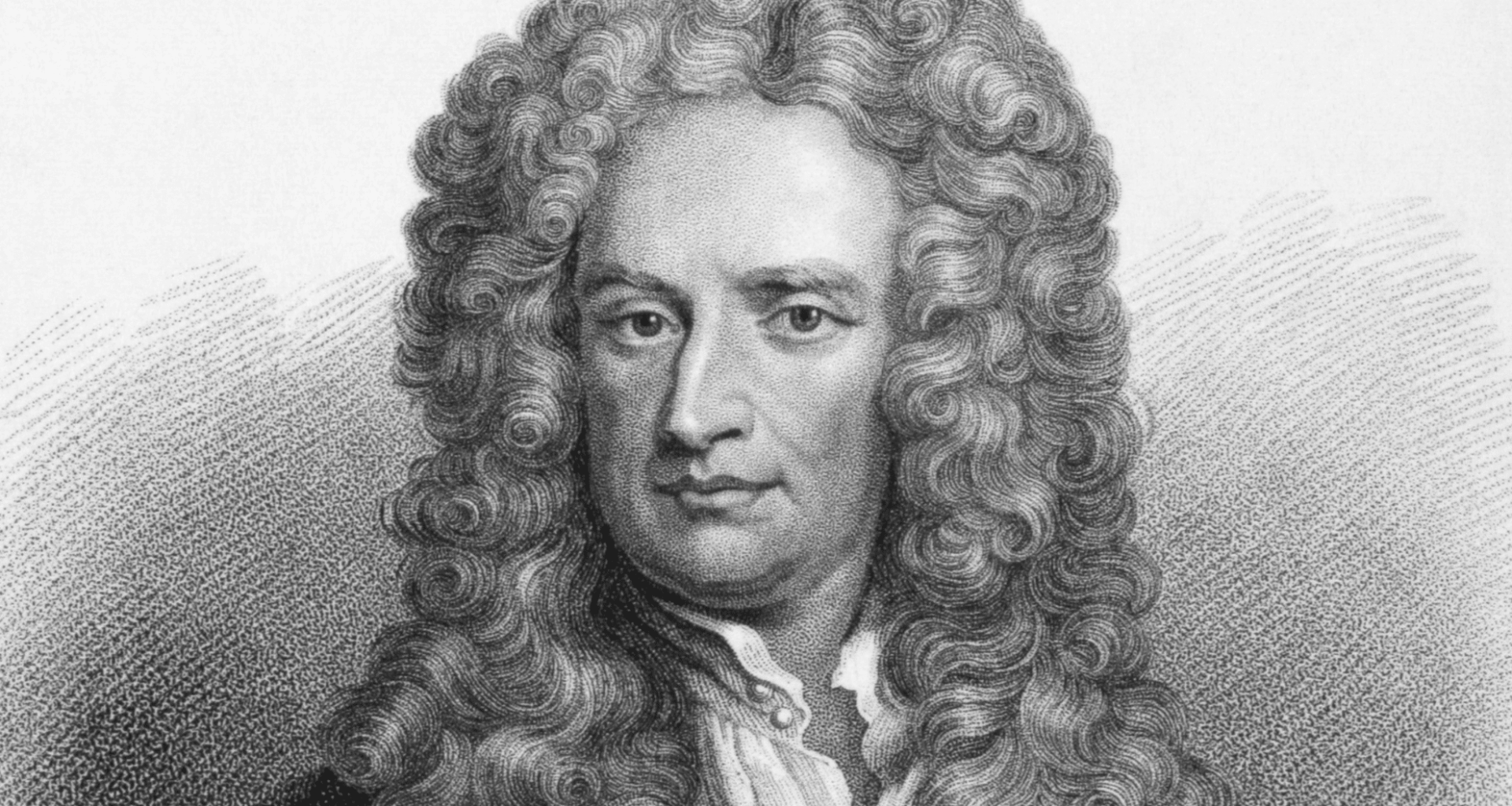Isaac Newton, the father of modern physics and mathematics, is often remembered for his groundbreaking contributions to science, such as the laws of motion and the theory of gravity. However, few know that his intellectual pursuits also extended into the realms of alchemy, theology, and apocalyptic prophecy. As detailed in an insightful study (Poitras, 2003), Newton’s fascination with biblical predictions led him to formulate detailed calculations about the end of times, focusing on the year 2060.
Newton’s Unlikely Passion for Prophecy
Newton’s intense focus on understanding the physical world through laws of motion and gravity might seem at odds with his equally deep interest in prophecy and alchemy. His lifelong engagement with the Bible and religious texts led him to investigate the timing of the Apocalypse. His beliefs were largely informed by his Protestant views and interpretations of the Old and New Testaments, particularly the Book of Daniel and the Book of Revelation. These scriptures, rich with allegories and visions, guided Newton in constructing a timeline for the end of an era.
The core of his predictions focused on specific prophetic dates, calculated from key historical events. Newton was determined to decipher the “time, times, and half a time,” a phrase from the Bible symbolizing a period of tribulation. He believed that the timing of this period was intricately tied to the rise and fall of empires and kingdoms. As Stephen D. Snobelen notes,
“Newton was convinced that Christ would return around this date and establish a global Kingdom of peace.”
The 2060 Prediction: The End of an Era
One of Newton’s most intriguing and lesser-known predictions revolved around the year 2060. Unlike modern apocalyptic thinkers, who often predict a dramatic end to the world itself, Newton’s calculations suggested that 2060 would mark the end of an era rather than the end of existence itself. Newton’s prophetic vision indicated that this year would see the culmination of the prophetic “time, times, and half a time,” as well as the resolution of the conflicts he believed were foretold in the Bible.
Newton’s calculations were based on the concept of “1260 days” (roughly 3.5 years), which he tied to historical events, such as the establishment of papal power and the downfall of various kingdoms. According to Newton’s records, the period of 1260 days would come to an end in 2060. As he wrote,
“So then the time times & half a time are 42 months or 1260 days or three years & an half, recconing twelve months to a yeare & 30 days to a month as was done in the Calendar of the primitive year. And the days of short lived Beasts being put for the years of lived kingdoms, the period of 1260 days, if dated from the complete conquest of the three kings A.C. 800, will end A.C. 2060. It may end later, but I see no reason for its ending sooner.”
Newton’s decision to focus on 2060 as a significant year is remarkable given the complexity and esoteric nature of his calculations. He wasn’t predicting the literal end of the world, but instead the completion of a divinely appointed timeframe that would signify the return of Christ and the establishment of a peaceful kingdom. In his mind, the 2060 date was a sign of cosmic reconciliation, a period when the errors of human kingdoms would be corrected.
Caution Against Speculation: Newton’s Humility
Despite his personal beliefs, Newton was deeply wary of making definitive predictions, particularly about the end of the world. He understood the dangers of such speculation, especially when predictions failed to materialize, leading to the discrediting of sacred prophecies. In a letter, Newton took great pains to caution against drawing conclusions about the precise timing of Christ’s return. As he famously wrote,
“This I mention not to assert when the time of the end shall be, but to put a stop to the rash conjectures of fancifull men who are frequently predicting the time of the end, & by doing so bring the sacred prophecies into discredit as often as their predictions fail. Christ comes as a thief in the night, & it is not for us to know the times & seasons wch God hath put into his own breast.”
Newton’s wariness about forecasting apocalyptic events mirrors modern caution regarding similar predictions. His awareness of how failed predictions could tarnish the credibility of religious doctrine is still relevant today, as we witness the rise of end-times predictions in popular culture and fringe movements. Newton’s perspective encourages a more measured approach, recognizing that while the signs of the times might be visible, the exact “hour” remains a mystery.
